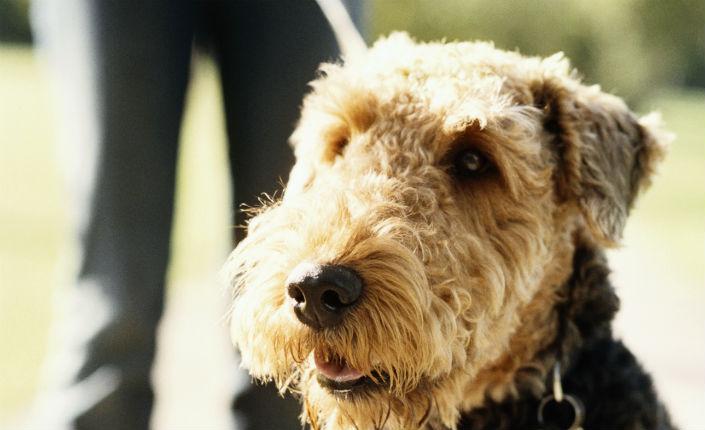
Pet-iquette 101: Walking Your Dog
No one enjoys stepping outside to pick up their newspaper only to find a surprise under their shoe. Just like the social conventions humans adhere to, there’s also socially-accepted behaviour (or ‘pet-iquette’) for our pets. For those new to pet ownership, this may initially come as a bit of a surprise.
To help you get started, we’ve surveyed pet owners, Pets Plus Us staff and some experts to come up with this list of our favourite ‘Pet-iquette Pointers’:
Stay on-leash - Unless you’re at an off-leash dog park, always keep your pet on a leash. “This not only protects your dog, but you and everyone else around you,” says Louise Fox, a celebrity etiquette coach, pet lover and the owner of Etiquette Ladies in Toronto.
Without a leash you have no control over your dog or cat, which exposes them to people, property, traffic and other potential dangers. “The length of the leash is dependent on the breed,” says Fox. “Larger breeds should use shorter leashes, whereas smaller dogs can have slightly longer ones, depending on how well trained they are.”
Know your manners - Just as it is for a child, it’s important to ensure your dog uses their manners and is well trained before you venture out together into public spaces. Being able to heel, sit and stay are all ways for your pet to show how courteous and respectful they are to your neighbours, which is really what pet-iquette is all about.
Fox suggests training your dog to walk on your right-hand side. This ensures sidewalks remain clear for other pedestrians and children who may be fearful of your outgoing (and sometimes rambunctious) companion.
‟It’s important to watch people’s body language when you approach them,” says Fox. “If you notice someone is fearful of your pet or if an approaching dog seems aggressive, this is a good time to change direction or move off to the side, allowing them to pass.”
Even at off-leash parks, it’s a good idea to keep your pet leashed until you and other owners around you are comfortable and in control of the always-energetic canines for whom these parks were established.
Look ahead - Keep a lookout for approaching pedestrians, bicyclists, turning vehicles, intersections and other pets. Knowing what’s ahead can help you proactively navigate obstacles and challenges.
When they just ‘gotta go’ - When your pet decides it’s time to do his or her business, make sure you only let them go in public places. Your neighbours don’t want to find landmines or brown spots in their yard. Also keep in mind that many pesticides and lawn care products are poisonous and/or harmful to pets.
Always clean up - Once they’ve relieved themselves, it’s imperative that you pick up after your pet every single time. There’s nothing worse than finding a surprise in your yard after the snow disappears in the spring. If you’ve forgotten your doggie bag, use a clump of leaves or nearby litter to dispose of the waste. But the best idea is to remember never to leave your home without bags, and to keep a few extras stashed in your jacket pockets at all times.
Proper bag disposal - When it comes to disposing of the bag, Fox says it’s perfectly okay to drop it in a public bin so long as it’s tied, but hold onto it if the only nearby option is dropping it into a neighbour’s garbage can. Not only is this grossly unfair to the homeowner, but also, as the waste decomposes, it can attract other wildlife, critters and pests, not to mention transmit diseases to other animals and humans.
Be reserved in your approach - Just because you and your pup are friendly as can be doesn’t mean other people need be. Just like you would never sniff a random stranger or jump up on them, you should make sure your pooch doesn’t either. This kind of behaviour is what can cause animal phobias in people. No matter how special you think your pet is, you can’t foist them onto others without knowing its ok with the person first.
In the end, it’s your responsibility to ensure that your walks are not only good for your pet, but that they’re also respectful to the other pets and people whose paths you both cross.
